
Africa’s Biggest Mobile Firm Plans New $320 Million Fiber Cable
MTN Group Ltd., Africa’s biggest mobile-phone operator, plans to build a $320 million inland fiber cable to connect
1970-01-01 08:00

Florida teacher says she is under investigation after showing 5th grade class Disney movie with gay character
A fifth-grade teacher said she is being investigated by the Florida Department of Education after she showed her students "Strange World," a 2022 animated Disney movie featuring a character who is biracial and gay.
1970-01-01 08:00
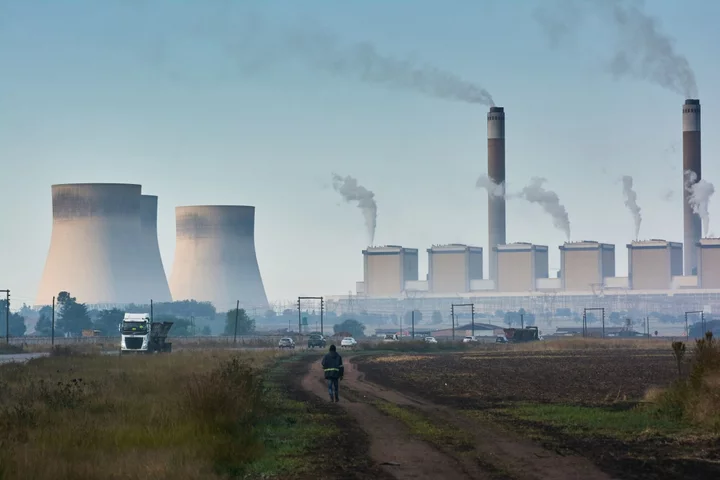
South Africa Beats Climate Goal as Blackouts Slash Emissions
South Africa is ahead of its target for cutting emissions of greenhouse gases. Output of the climate-warming gases
1970-01-01 08:00

Flooding Sahara desert to create a brand new sea proposed as radical climate change solution
It might sound more like the kind of idle daydream billionaires like Elon Musk would have, but could flooding the Sahara actually be the best way of tackling climate change in the future? The idea of creating a new “sea” in Africa is being discussed, and it’s not the first time that the notion of a great oasis in the Sahara has been discussed among the scientific community. As the ongoing climate crisis continues to worsen, the notion of flooding vast areas of the desert is being returned to once again [via IFL Science]. A new “sea” was first proposed following the study of the Messinian salinity crisis – which saw a dried-out area of the Mediterranean rejuvenated by the Zanclean flood, reconnecting the Mediterranean Sea to the Atlantic Ocean around 5.33 million years ago. Sign up to our free Indy100 weekly newsletter Given how the Mediterranean was transformed by the flood, the idea of flooding the Sahara to achieve similar results has been thrown around in the scientific community as far back as 1877, the Scottish engineer Donald McKenzie suggested flooding the El Djouf basin in Western Africa. The idea is now returning to popularity as the world looks for solutions to the climate crisis. One proposal centres on the Middle East’s Dead Sea and flooding the area using water from the Red Sea to the Dead Sea Depression. A vast sea in Africa could represent a hugely innovative step towards tackling climate change and fostering a new hub of life – but even the people suggesting work such a project acknowledge just how expensive and dangerous it is. Even Y Combinator is a US startup accelerator who has described “desert flooding” as “risky, unproven, even unlikely to work”. Only time will tell whether the notion of a new sea in the Sahara coud ever work, or whether it’ll remain the stuff of dreams. Have your say in our news democracy. Click the upvote icon at the top of the page to help raise this article through the indy100 rankings.
1970-01-01 08:00

Crypto’s Most Influential Companies Often Follow Their Own Rules — Even After FTX’s Collapse
Before it filed for bankruptcy last November, many of the entities in Sam Bankman-Fried’s colossal FTX empire had
1970-01-01 08:00

Credit Suisse Managing Director Says Bank Actively Seeking ESG Debt Deals
A senior investment banker at Credit Suisse AG says his team is actively seeking new deals in a
1970-01-01 08:00

Denmark’s Topsoe Plans $300 Million US Factory to Build Hydrogen Electrolyzers
Denmark’s Topsoe A/S is preparing to spend $300 million on a US hydrogen electrolyzer factory in the latest
1970-01-01 08:00

Google Launching Tools to Identify Misleading and AI Images
Google is adding two new features to its image search to reduce the spread of misinformation, especially now
1970-01-01 08:00
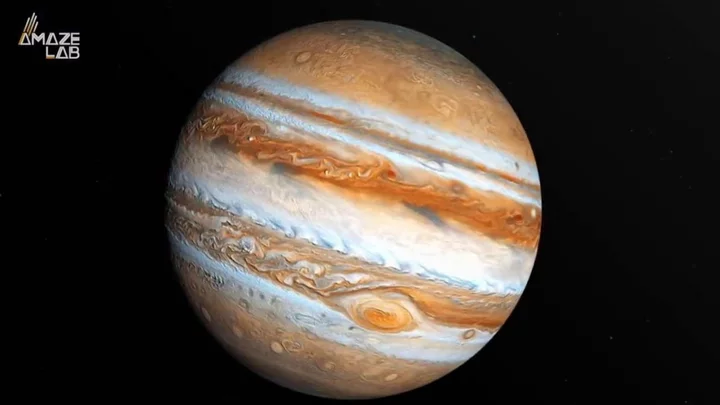
Rare 'ocean' planet found that is twice the size of Earth
A rare planet has been discovered hundreds of light years away, and it could prove key to our understanding of planetary formations out there in the universe. There have been more than 5,300 exoplanets discovered, but few match the description of the newly recorded TOI-733b. Found 245 light-years away, TOI-733b is almost twice the size of Earth and orbits a sun slightly smaller than our Sun. While there are many exoplanets, there are a surprisingly small number which sit between one and a half and two times the radius of the Earth, and it's the size that makes it so interesting to scientists. Sign up to our new free Indy100 weekly newsletter The research was conducted by a team of astronomers led by Iskra Georgieva of Chalmers University of Technology in Sweden. It was accepted for publication in Astronomy & Astrophysics. The team focused on TOI-733b after data on the planet was collected by NASA's telescope TESS. The density of the planet suggests two things – it’s either totally covered in water, or it’s lost its atmosphere altogether. Clues point to the idea of TOI-733b’s atmosphere slowly depleting. That’s due to the proximity of the planet to its star, which it orbits in the space of just 4.9 days. If the atmosphere is being burned away, it means it could soon be transformed into a rock planet. The other possibility points to the planet having lost its hydrogen and helium, while retaining an atmosphere packed with water vapour. "Answering the question of whether TOI-733b has a secondary atmosphere or is an ocean planet boils down to differentiating between a Neptune-like planet that lost its ∼10 per cent of H/He to leave behind a steam atmosphere of heavier volatiles, and one that formed and remained relatively the same throughout its evolution," the research reads. "While being beyond the scope of this paper, finding an answer to this question will have broad implications on our understanding of exoplanets." The team went on to write: "By all accounts TOI-733 b looks to be an interesting planet and holds the potential of being a small but key piece to solving big puzzles in exoplanet science. "With ever increasing in-depth theoretical analyses and the promise of high-precision follow up by present and upcoming facilities, we seem to be well on the way to finding answers to major questions relating to planet formation and evolution." Have your say in our news democracy. Click the upvote icon at the top of the page to help raise this article through the indy100 rankings.
1970-01-01 08:00
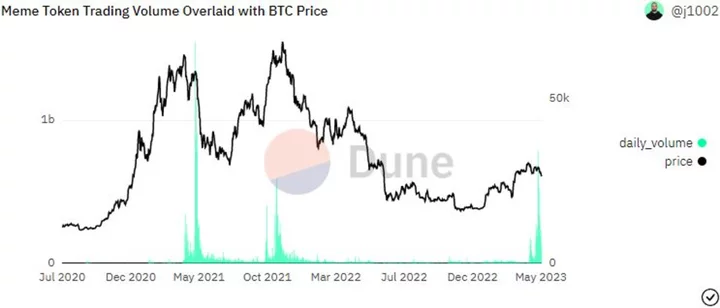
Bitcoin Bulls Trip on a Frog as Pepe Memecoin Frenzy Signals Market Top
A frog-themed digital token that’s only been around for a month may be signaling pain ahead for Bitcoin
1970-01-01 08:00
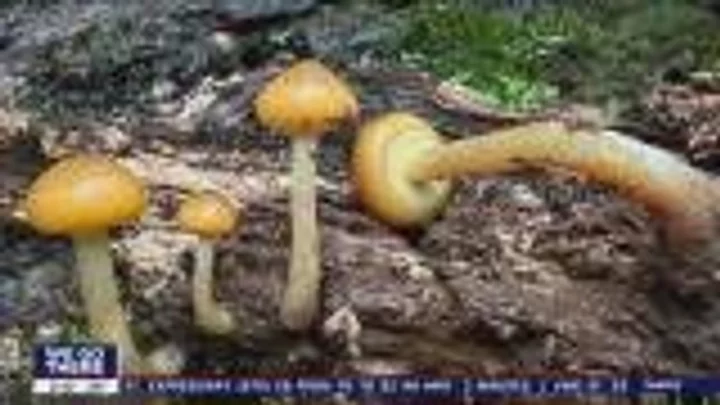
Mushrooms appear to have 'conversations' with each other after it rains
What do you reckon the chattiest vegetable is? The answer may be mushrooms, as according to a new study from scientists in Japan, rain may prompt some fungi to communicate using underground electrical signals. In a study published in Fungal Ecology , researchers monitored small, tan mushrooms known as bicoloured deceivers in the mixed forest at the Kawatabi Field Science Center of Tohoku University in Japandorm. They looked at the 'shrooms electrical potential, measured in megavolts (mV), for about two days in late September and early October 2021. The study site was initially sunny and dry, and the second was during rain - at which point the mushrooms showed some electrical potential and signal transport between each other. Microbial ecologist Yu Fukasawa of Tohoku University said: "Our results confirm the need for further studies on fungal electrical potentials under a true ecological context." Sign up to our free Indy100 weekly newsletter Previously, scientists had found that these mushrooms make subterranean "sheaths" around the exterior of a tree's roots. These sheaths are made of hyphae and when they link underground they form interconnected systems known as mycorrhizal networks that allow forests communicate via chemical signals down tree roots and mycorrhizal fungi. And a 2022 study found patterns of nerve-like electrical activity in some fungi that seem comparable to the structure of human speech. The study identified up to 50 different "words," or groups of spikes in electrical activity, generated by fungal networks. Earlier research has also found that plants can send secret electrical signals underground, possibly even without help from mycorrhizal fungi. Who knew mushrooms had so much to say? Have your say in our news democracy. Click the upvote icon at the top of the page to help raise this article through the indy100 rankings.
1970-01-01 08:00
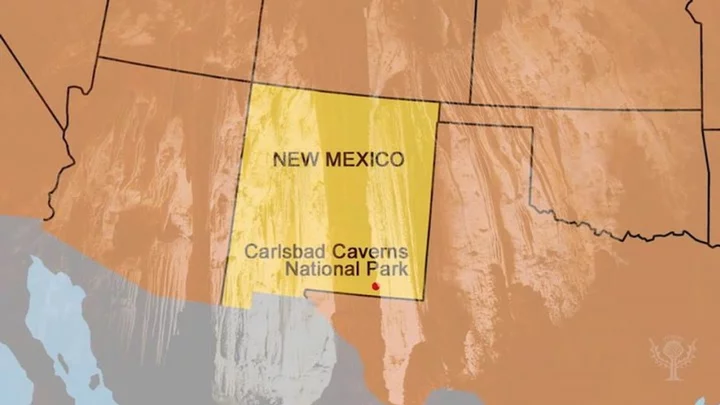
Scientists discover huge caves made by giant sloths
A number of huge tunnels that were discovered in South America at the turn of the century may have been made by giant sloths. At the turn of the century, professor of geology, Heinrich Frank, spotted a strange hole on a highway in Brazil, and crawled inside. There, he realised the tunnel was 4.5 meters (15 feet) long. He also found a collection of giant claw marks on the ceiling. “There’s no geological process in the world that produces long tunnels with a circular or elliptical cross-section, which branch and rise and fall, with claw marks on the walls,” Frank told Discover, adding he's "seen dozens of caves that have inorganic origins, and in these cases, it’s very clear that digging animals had no role in their creation.” Sign up to our free Indy100 weekly newsletter The tunnel, along with many others that he and others discovered in Brazil and Argentina, are thought to be made by extinct giant sloths 8-10,000 years ago that were around the size of an African elephant. In the Rio Grande do Sul area, Frank and his team found over 1,500 tunnels made by these sloths beasts, with the longest stretching for 609 meters (2,000 feet) and standing at 1.8 meters (6 feet) tall. Goodness. Have your say in our news democracy. Click the upvote icon at the top of the page to help raise this article through the indy100 rankings.
1970-01-01 08:00
